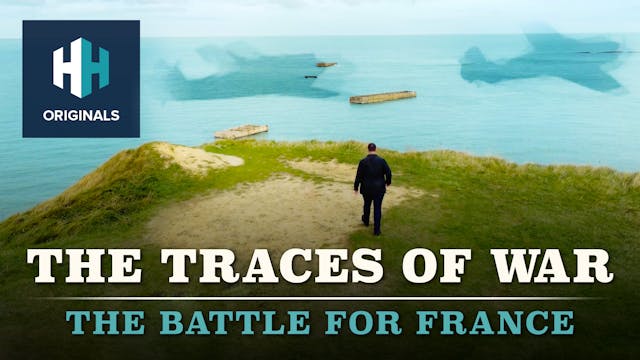Of all the air raids carried out during World War Two, none are as enduringly famous as the attack by Lancaster Bombers against the dams of Germany’s industrial heartland. Commemorated in literature and film throughout the decades, the mission – which was codenamed Operation ‘Chastise’ – has come to epitomise British ingenuity and courage throughout the war. On the night of 16-17 May 1943, an audacious raid using purpose-built “bouncing bombs” destroyed the Möhne and Edersee Dams. Successful detonation required great technical skill from the pilots: they needed to be dropped from a height of 60 feet, at a ground speed of 232mph, in challenging conditions. Once the dams were breached, there was catastrophic flooding of the Ruhr valley and of villages in the Eder valley. Despite the fact that the impact on industrial production was limited, the raid gave a significant morale boost to the people of Britain and became enshrined in popular consciousness. In late March 1943, the RAF 617 Squadron was formed under great secrecy at RAF Scampton, for the specific purpose of attacking the dams. Led by 24-year-old Wing Commander Guy Gibson, the squadron was made up of aircrew from Britain, Canada, Australia, New Zealand and the USA. Over 100 aircrew, aboard 19 Lancaster bombers, would eventually carry out the famous raids. One of the young men selected to take part in the crew was 21-year-old George ‘Johnny’ Johnson, who had been trained as a specialist bomb aimer. He was the last surviving Dambuster until his death, aged 101, on 7 December 2022. In this fascinating interview, Dan Snow meets with Johnny Johnson to hear about the extraordinary events in the lead up to the raid, and about how his life was altered by the events of those fateful nights in May 1943.
Up Next in World War Two
-
The Lincolnshire Buffalo: With Dan Snow
In late April 2021, a team of volunteers from the Crowland Buffalo LVT group in Lincolnshire spent five days digging up and excavating a World War Two amphibious vehicle which has been buried 30 feet underground for the past 74 years. The Buffalo LVT was brought in to the area in 1947 to provide ...
-
The Traces of War: Epic Engineering
In the second episode of Traces of War - James continues his journey across Europe. This time he will be visiting the site of some of the biggest military engineering projects undertaken during the Second World War.
His journey starts in Belgium where James explores the enormous super fortress E...
-
The Traces of War: The Battle for France
The traces of war are everywhere - if you know where to look.
Dr James Rogers, Assistant Professor of War Studies, is fascinated by these remains and exactly what they can tell us about not just the changing nature of war through time - but the stories of the people who lived through those event...



